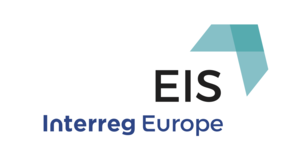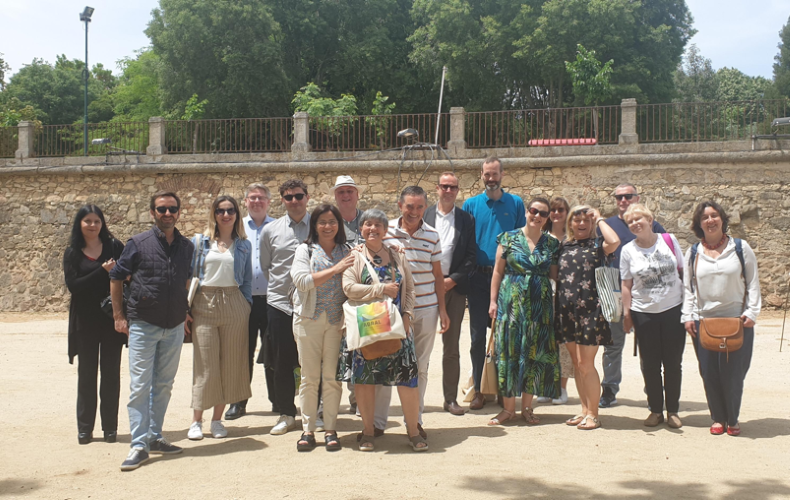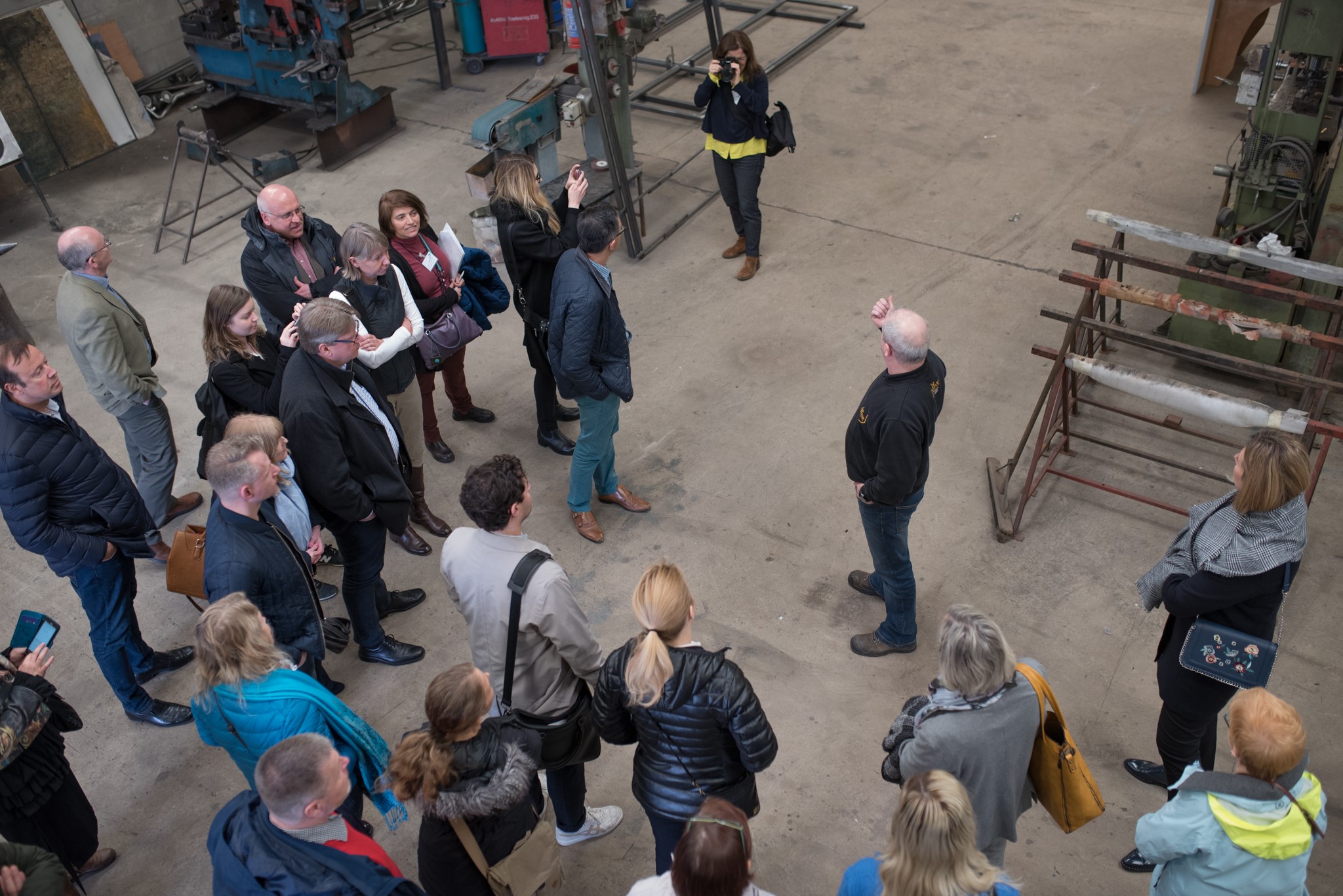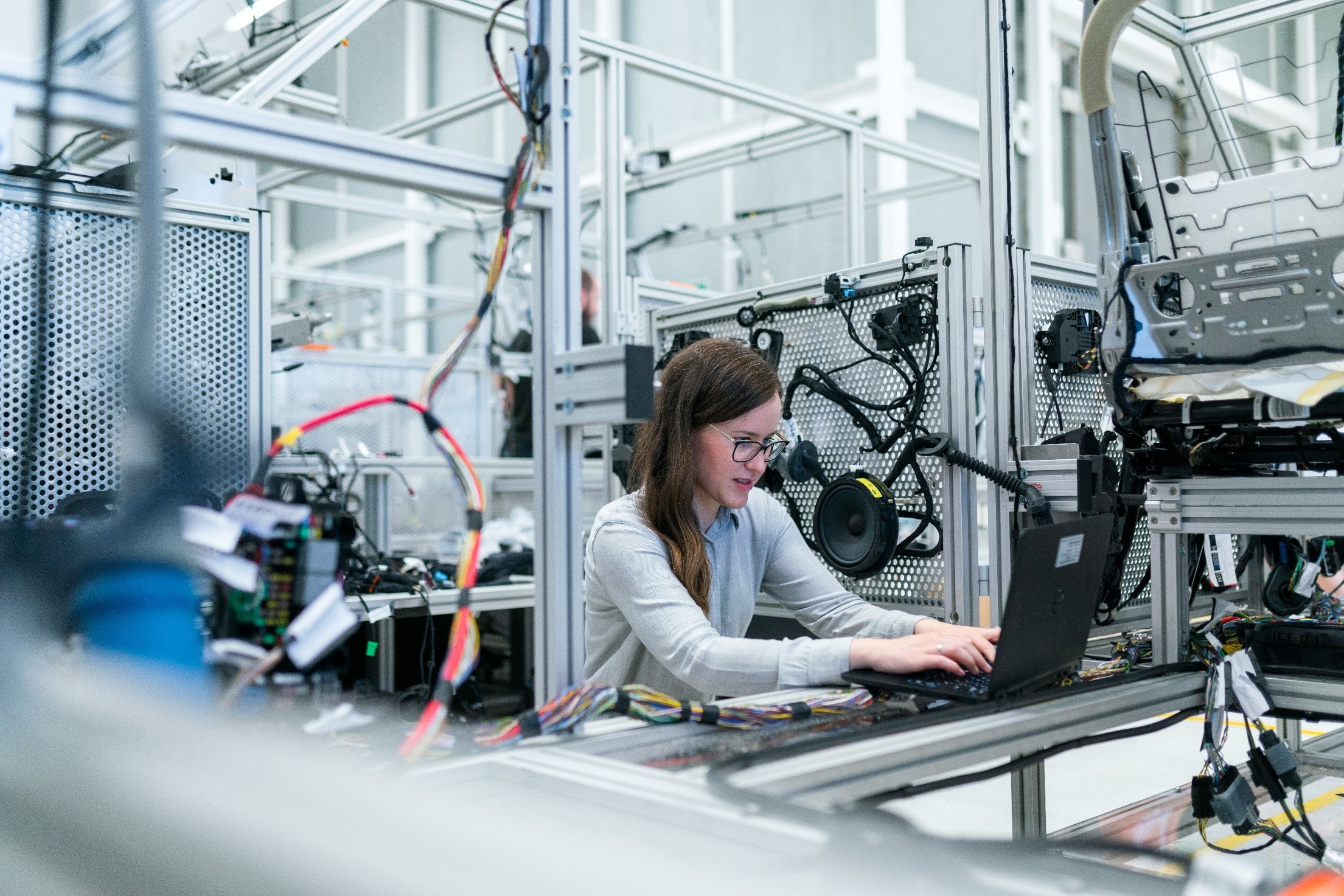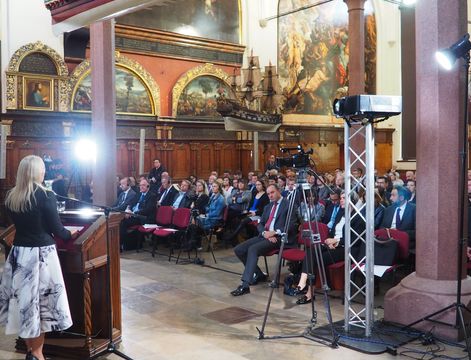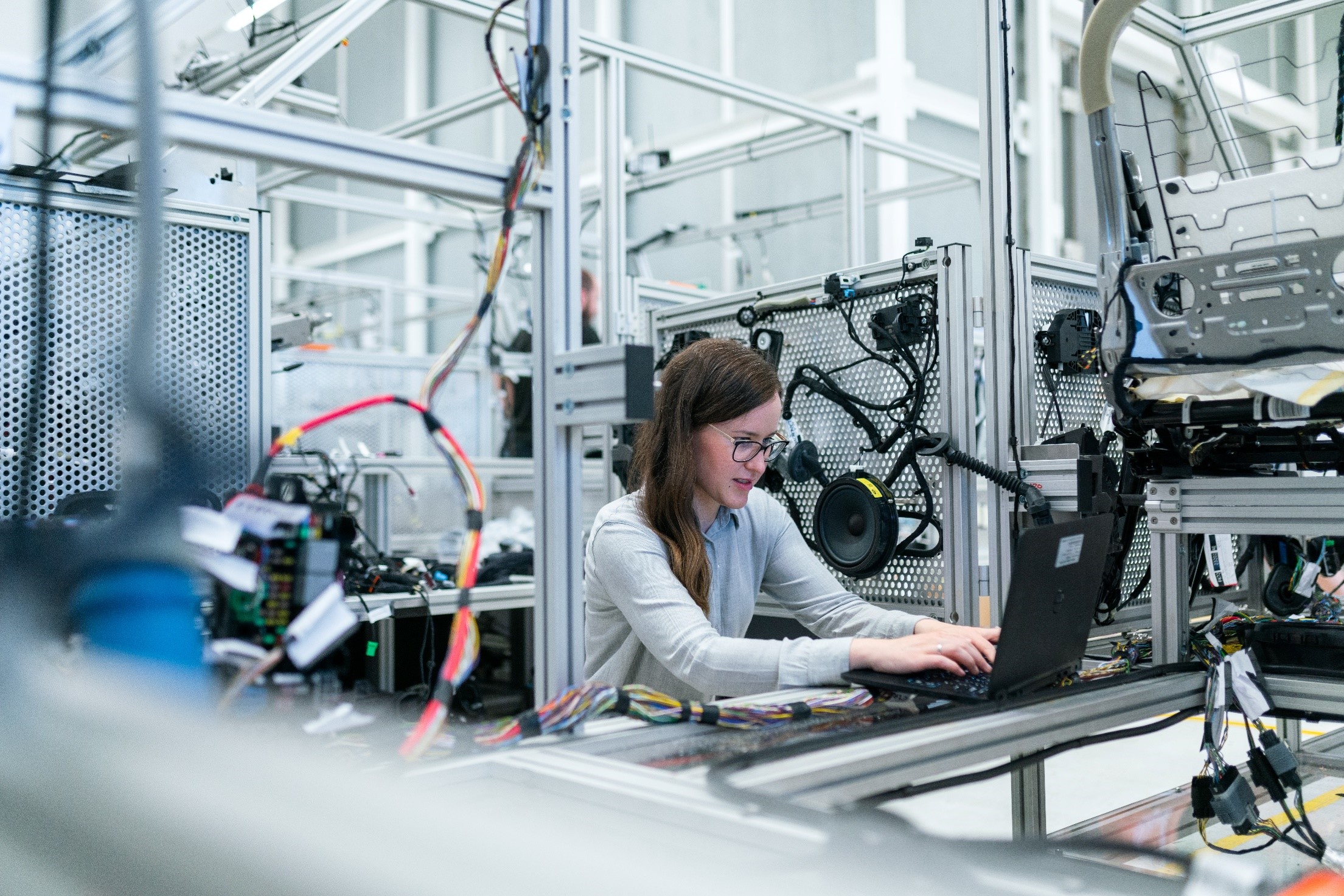Participating in two different Interreg Europe projects, the project manager and the team from Emilia-Romagna Region in Italy reflect on the advantages thereof
The Emilia-Romagna Region and the Regional Development Agency, ERVET, are partners in two Interreg Europe projects - EIS and COMPETE IN. Both initiatives address the objective of improving the regional support system for SME internationalisation.
“The parallel participation in the two projects has proved very fruitful as it has broadened the range of experiences, policies and measures scrutinised. Emilia-Romagna Region - with the support of its Development Agency - is getting inspiration for designing and implementing Action Plans in both projects.” the Emilia-Romagna Region team explains.
They continue: “The strategic idea behind such parallel participation is to develop and implement two complementary Action Plans that can eventually reinforce each other. This boosts both initiatives to improve the support system.”
Synergies and cross-fertilizing ideas between the two projects are already exchanged at different levels and occasions. For instance, the Emilia-Romagna Local Stakeholders Groups of both projects comprise the same organisations, so interests expressed by partners in one project help improve the description of best practices (COMPETE IN) or the peer review process (EIS) and vice versa.
Different, yet complementary approaches
The processes of COMPETE IN and the EIS project differ from each other in several ways.
COMPETE IN consists more of comprehensive descriptions and benchmarking of policies and then selection of good practices. This is followed by study visits and transfer workshops for going into operational details.
While EIS follow a more analytical approach, where specific support measures are scrutinized through peer-review sessions. In the peer-review sessions operational details of support measures are in focus before policy options and improvement are derived from there.
“Half way through the two projects, we are left with more than the aggregated value. This is a textbook of how additional value can be created, if done right” the Region team ends.
